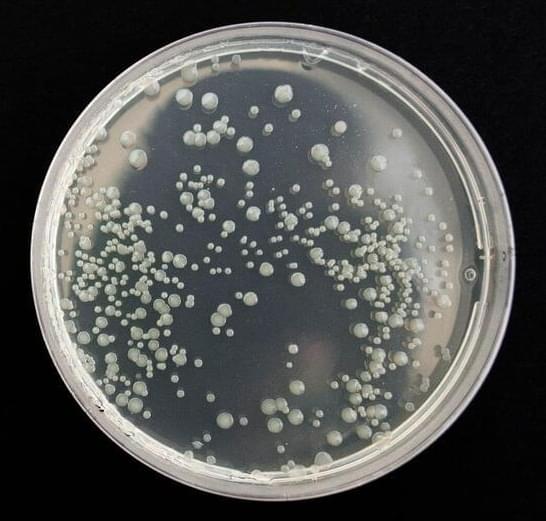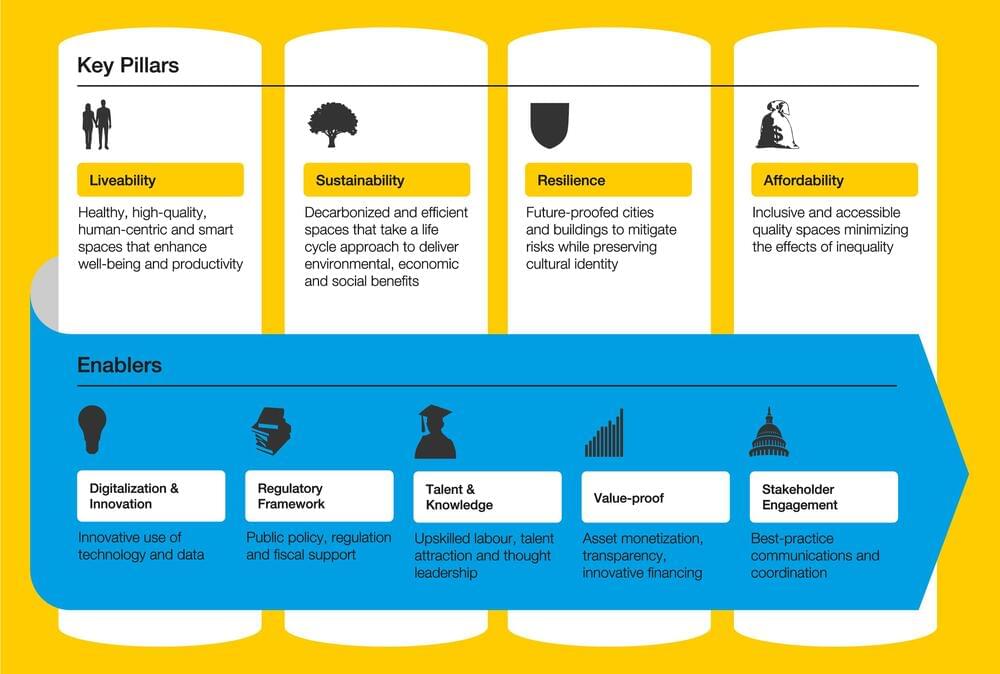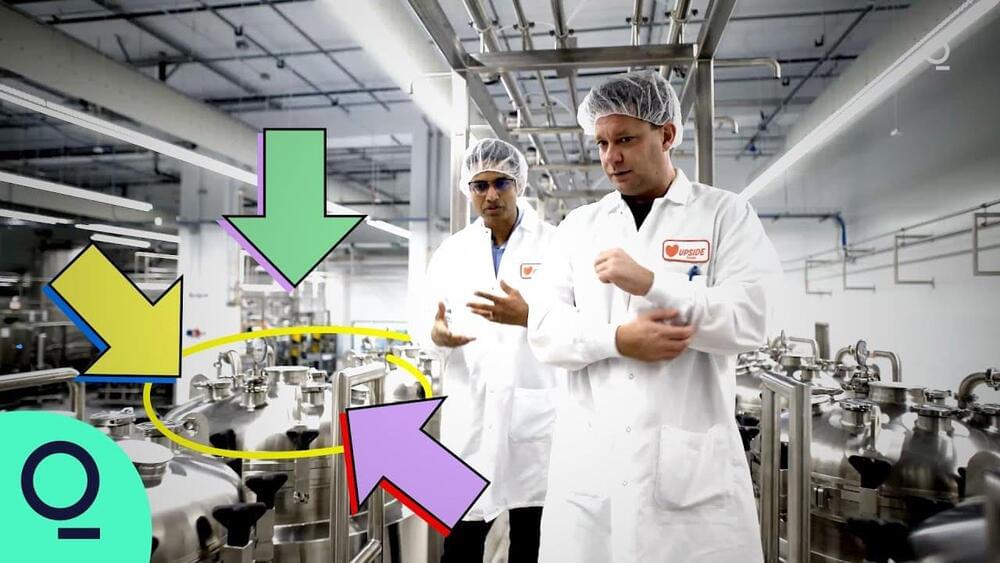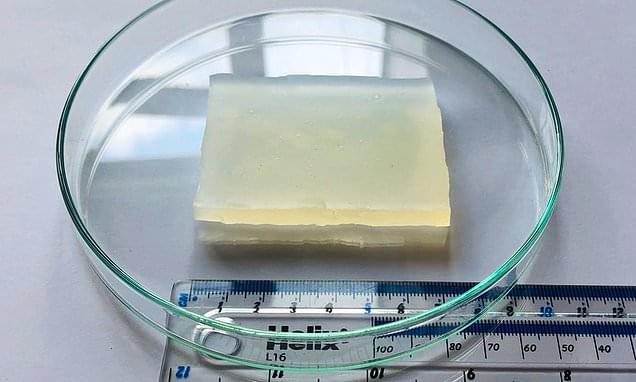Scientists have discovered a new route to produce complex antibiotics exploiting gene editing to re-program pathways to future medicines urgently required to combat antimicrobial resistance, treat neglected diseases and tackle future pandemics.
Researchers from The University of Manchester have discovered a new way of manipulating key assembly line enzymes in bacteria which could pave the way for a new generation of antibiotic treatments.
New research published today in Nature Communications, describes how CRISPR-Cas9 gene editing can be used to create new nonribosomal peptide synthetase (NRPS) enzymes that deliver clinically important antibiotics. NRPS enzymes are prolific producers of natural antibiotics such as penicillin. However, up until now, manipulating these complex enzymes to produce new and more effective antibiotics has been a major challenge.
Learn More.
World Economic Forum.
The gigantic roof regulates heat and light, drawing on ancient Mayan design.
Learn more about the importance of sustainable buildings.
After finding a mysterious indestructible rock in 2015, Hole’s rock has finally been carbon-dated to roughly 100–1,000 years old meteorite.
NASA’s aircraft flight scheduling technology will start rolling out in 2023 to better coordinate aircraft movements at airports across the United States. It follows almost four years of research and testing by NASA and the FAA.
NASA’s surface metering technology is being integrated into the FAA’s airport surface management technology called the Terminal Flight Data Manager (TFDM) that will get implemented at 27 airports around the US.
The platform aims to improve efficiency, shift departure wait times from the taxiway to the gate, save fuel, reduce emissions, and give airlines and passengers more flexibility in the period before leaving the gate.
Upside Foods opened the largest synthetic meat factory in the world. It’s designed to grow thousands of pounds of chicken, beef and pork. Backed by Bill Gates and Richard Branson, Upside is betting consumers will go for vat-grown meat.
#Food #HelloWorld #BloombergQuicktake.
About Hello World:
Meet the exotic, colorful, and endlessly entertaining characters that make up the technology industry beyond big tech. Watch Bloomberg’s Ashlee Vance in a journey around the world to find the inventors, scientists and technologists shaping our future: https://youtube.com/playlist?list=PLqq4LnWs3olU-bP2R9uD8YXbt02JjocOk.
China has tested a weapon that was previously thought impossible, according to a new report.
The hypersonic weapon test saw the country fire a missile from another spacecraft that was already flying at least five times the speed of sound, the report claimed. Such technology was previously thought impossible and US experts are unsure how China was able to actually conduct the test, it said.
Though the test happened in July, and was reported closer to the time, the nature of the breakthrough was first revealed in a new report from the Financial Times. The paper reported that experts have been poring through data in an attempt to understand how China was able to build the technology – as well as what exactly the missile was intended to do.
#Universe #Documentary #Space.
Join this channel to get access to perks:
https://www.youtube.com/channel/UC1ulZ3lMW1mU6sZSqcxDWEw/join
It could replace cartilage in knees and even help create soft robots 🤯
Is it a bird? Is it a plane? No, it’s ‘super jelly’ — a bizarre new material that can survive being run over by a car even though it’s composed of 80 per cent water.
The ‘glass-like hydrogel’ may look and feel like a squishy jelly, but when compressed it acts like shatterproof glass, its University of Cambridge developers said.
All these bequests of your bigger brain cortex mean you can gather four generations around a meal to exchange banter and gossip, turn information into knowledge and even practice the art of what-not-to-say-when.
You may even want to be thankful for another achievement of our neuron-crammed human cortices: All the technology that allows people spread over the globe to come together in person, on screens, or through words whispered directly into your ears long distance.









